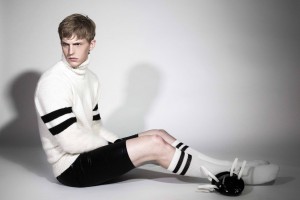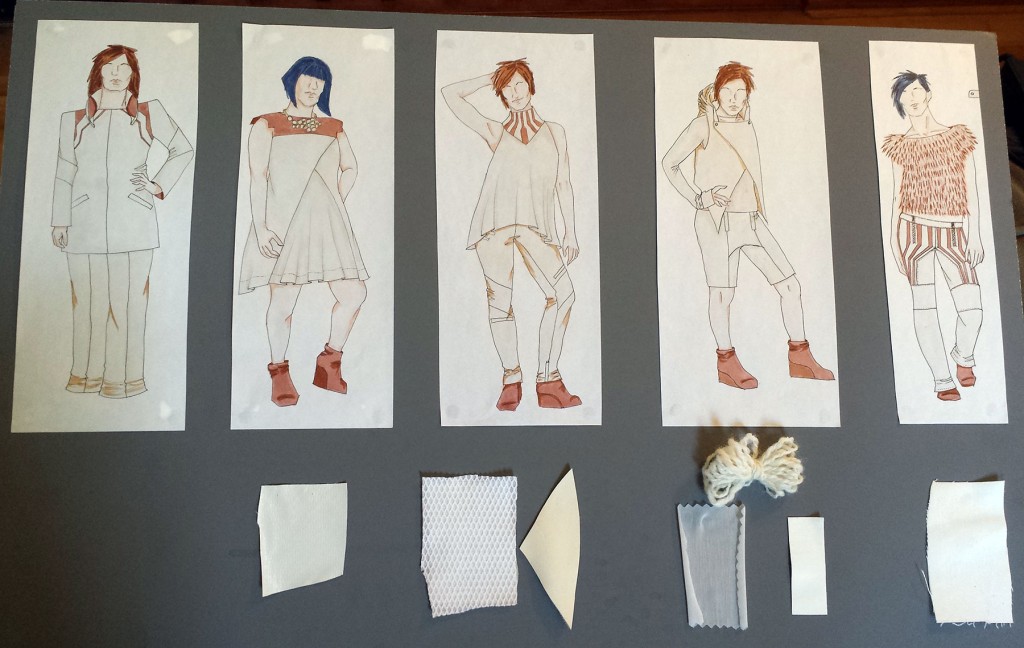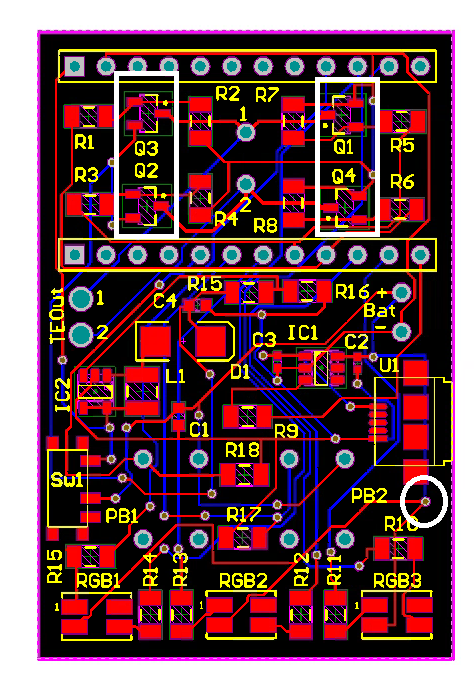Last week I took advantage of the “break” and did some initial troubleshooting of tech needs for the exhibition. The good news is there is plenty of throw distance for the projections, the less good news is that we don’t have high definition projectors available, so the image quality won’t be what it could be, but we can optimize the video for the projectors we have so it will be as good as we can make it.
I contacted Fleet Farm to see if I can make a casting of their fiberglass horse from their tack section. Haven’t heard back, but I’m not counting on this as possibility. There is a statuary place in Oshkosh that might be a better route to go. I have permission to use the statue outside the Shoe Box, but that horse is rearing up, and for the exhibit I really just wanted one standing.
Working with a graphic designer on postcards, posters, and the look book. Got a quote from Park Printing for the look book, and it’s expensive, but fair. I’m going to max out a couple credit cards and make it happen.
Shot a fashion story for Jon magazine last weekend in Minneapolis. Jon is a mens lifestyle magazine out of London, so it’s huge publicity for me and my brand. Mostly shot wrestling gear, but also shot the last sweater for the Horse Power collection because it has a vintage varsity sweater style. Very excited to have the chance to work with Taylor O’Brien again, and my model and muse, Connor Haugen.
Picked up the Horween leather bags yesterday from the saddle shop and they were a WRECK. Absolutely not what I envisioned, poorly constructed, “jacked up” as they say. Took them to my shoe repair guy who referred me to his brother-in-law who makes gun cases and other leather goods. He’s basically taking them apart and putting them back together…a little smaller, but finished to the level I expected. Will probably cost an arm and a leg, but they were not only ugly, but unusable before, so I had to do what needed to be done. Everyone is responding to the designs, which is good. Learned a valuable lesson working with the tack shop. (a very expensive lesson)
So I need to push my photo shoot back to this weekend, and then hopefully we can turn around the photos really quickly to get them in the book. I have a meeting with my graphics guy on Thursday, a meeting with Video on Friday, Photo shoot Saturday.
Also working on a project for the Hair Affair with Lauren Smychek, so that’s an added dose of stress (and fun) on top of everything else.
I’ll post a pic from the JON shoot, but SHHHHHHHH it’s top secret. The spread will be in issue 9, for those interested. 


